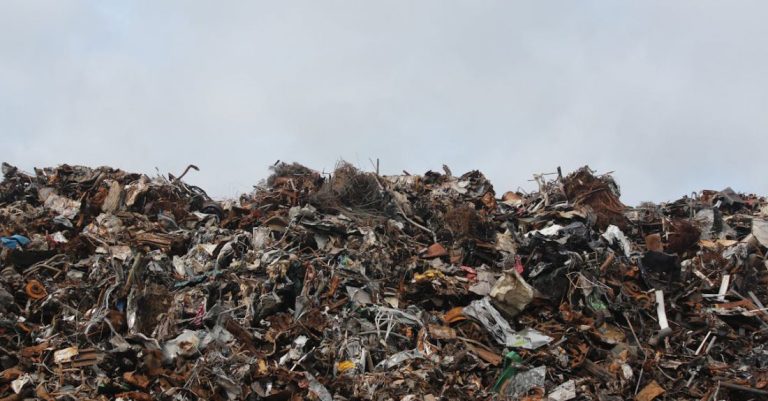
Plastic pollution is a pressing issue that is harming our environment and marine life. One of the most effective ways to combat this problem is through proper plastic recycling. Recycling plastics not only helps reduce the amount of waste in landfills but also conserves valuable resources and energy. However, recycling plastics effectively requires a good understanding of the different types of plastics and the proper recycling methods. Here are some tips on how to recycle plastics effectively.
Understanding the Different Types of Plastics
Plastics are categorized into different types, each with its own recycling properties. The seven standard plastic types are identified by a resin identification code (RIC) ranging from number 1 to 7. It is crucial to know the type of plastic you are recycling to ensure it is processed correctly. Here is a brief overview of the common plastic types:
PET (Polyethylene Terephthalate) – Typically used for water bottles and food containers.
HDPE (High-Density Polyethylene) – Found in milk jugs, detergent bottles, and plastic bags.
PVC (Polyvinyl Chloride) – Commonly used in pipes, flooring, and packaging.
LDPE (Low-Density Polyethylene) – Used in squeezable bottles, shopping bags, and clothing.
PP (Polypropylene) – Found in yogurt containers, bottle caps, and straws.
PS (Polystyrene) – Used in disposable cups, food packaging, and insulation.
Other – Includes all other types of plastics that do not fall under the first six categories.
Separate and Clean Plastics Properly
To recycle plastics effectively, it is essential to separate them by type. Many recycling facilities have specific guidelines on which plastics they accept, so be sure to check with your local recycling program. Additionally, make sure to clean the plastics before recycling them. Rinse out containers and remove any food residue to prevent contamination during the recycling process.
Avoid Mixing Different Types of Plastics
Mixing different types of plastics can contaminate the recycling stream and make it challenging to process the materials efficiently. It is best to keep plastics of the same type together when recycling. This helps ensure that the materials can be properly sorted and processed, increasing the chances of successful recycling.
Check for Recycling Symbols
Most plastic products are labeled with a recycling symbol indicating the type of plastic used. These symbols are usually located on the bottom of the container and can help you identify the type of plastic you are recycling. Look for the resin identification code to determine the appropriate recycling method for the plastic.
Support Recycling Programs
Supporting local recycling programs and initiatives is crucial in promoting effective plastic recycling. Many communities offer curbside recycling services or have designated drop-off locations for recyclable materials. By participating in these programs, you can contribute to reducing plastic waste and conserving valuable resources.
Reduce Single-Use Plastics
One of the most effective ways to promote plastic recycling is by reducing the use of single-use plastics. Opt for reusable water bottles, shopping bags, and containers to minimize the amount of plastic waste generated. By reducing plastic consumption, you can lessen the demand for new plastic production and encourage a more sustainable approach to plastic usage.
Promote Education and Awareness
Educating others about the importance of plastic recycling and proper waste management is essential in creating a more environmentally conscious society. Spread awareness about the benefits of recycling plastics and encourage others to participate in recycling programs. By working together, we can make a significant impact in reducing plastic pollution and preserving our planet for future generations.
In conclusion, effective plastic recycling is crucial in mitigating the environmental impact of plastic waste. By understanding the different types of plastics, separating and cleaning them properly, avoiding mixing different types, checking for recycling symbols, supporting recycling programs, reducing single-use plastics, and promoting education and awareness, we can all play a part in promoting a more sustainable approach to plastic recycling. Take action today to recycle plastics effectively and protect our environment for the years to come.





